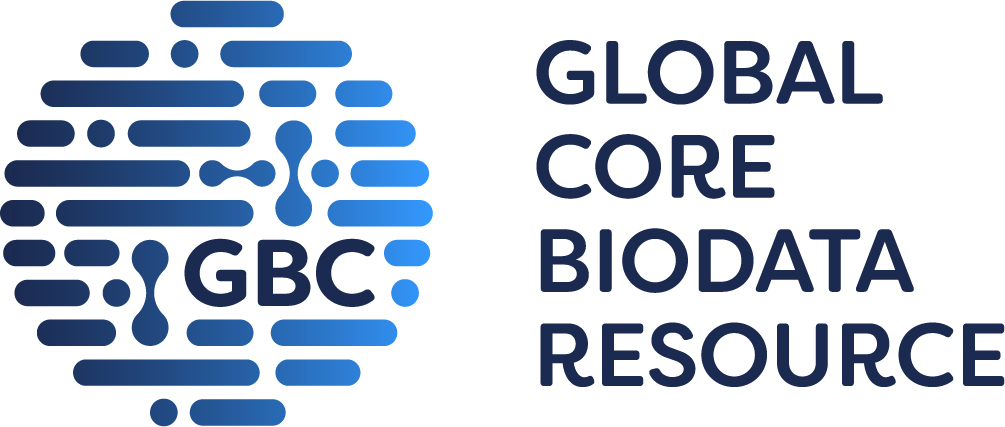
GtoPdb is requesting financial support from commercial users. Please see our sustainability page for more information.
Catecholamine turnover C
Unless otherwise stated all data on this page refer to the human proteins. Gene information is provided for human (Hs), mouse (Mm) and rat (Rn).
Overview
Catecholamines are defined by the presence of two adjacent hydroxyls on a benzene ring with a sidechain containing an amine. The predominant catacholamines in mammalian biology are the neurotransmitter/hormones dopamine, (-)-noradrenaline (norepinephrine) and (-)-adrenaline (epinephrine). These hormone/transmitters are synthesized by sequential metabolism from L-phenylalanine via L-tyrosine. Hydroxylation of L-tyrosine generates levodopa, which is decarboxylated to form dopamine. Hydroxylation of the ethylamine sidechain generates (-)-noradrenaline (norepinephrine), which can be methylated to form (-)-adrenaline (epinephrine). In particular neuronal and adrenal chromaffin cells, the catecholamines dopamine, (-)-noradrenaline and (-)-adrenaline are accumulated into vesicles under the influence of the vesicular monoamine transporters (VMAT1/SLC18A1 and VMAT2/SLC18A2). After release into the synapse or the bloodstream, catecholamines are accumulated through the action cell-surface transporters, primarily the dopamine (DAT/SLC6A3) and norepinephrine transporter (NET/SLC6A2). The primary routes of metabolism of these catecholamines are oxidation via monoamine oxidase activities of methylation via catechol O-methyltransferase.
Enzymes
2527|
L-Phenylalanine hydroxylase
C
Show summary »
More detailed page |
|||||||||||||||||||||||
|
TAT (Tyrosine aminotransferase) C Show summary »
|
|||||||||||||||||||||||
|
L-Tyrosine hydroxylase
C
Show summary »
More detailed page |
|||||||||||||||||||||||
|
AADC (L-Aromatic amino-acid decarboxylase )
C
Show summary »
More detailed page |
|||||||||||||||||||||||
|
DBH (Dopamine beta-hydroxylase (dopamine beta-monooxygenase)) C Show summary » |
|||||||||||||||||||||||
|
PNMT (Phenylethanolamine N-methyltransferase) C Show summary » |
|||||||||||||||||||||||
|
COMT (Catechol-O-methyltransferase)
C
Show summary »
More detailed page |
|||||||||||||||||||||||
|
MAO-A (Monoamine oxidase A)
C
Show summary »
More detailed page |
|||||||||||||||||||||||
|
MAO-B (Monoamine oxidase B)
C
Show summary »
More detailed page |
Further reading
How to cite this family page
Database page citation:
Catecholamine turnover. Accessed on 01/07/2025. IUPHAR/BPS Guide to PHARMACOLOGY, http://www.guidetopharmacology.org/GRAC/FamilyDisplayForward?familyId=766.
Concise Guide to PHARMACOLOGY citation:
Alexander SPH, Fabbro D, Kelly E, Mathie AA, Peters JA, Veale EL, Armstrong JF, Faccenda E, Harding SD, Davies JA et al. (2023) The Concise Guide to PHARMACOLOGY 2023/24: Enzymes. Br J Pharmacol. 180 Suppl 2:S289-373.









